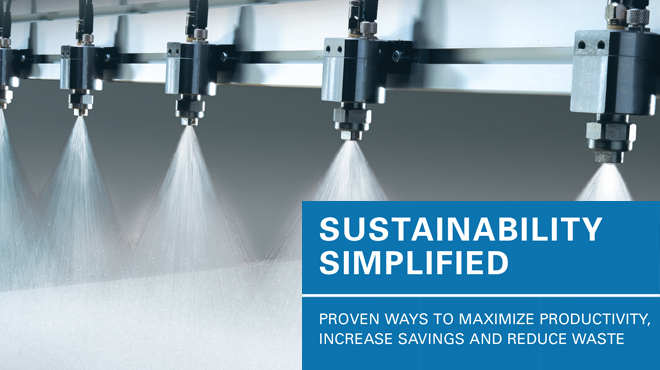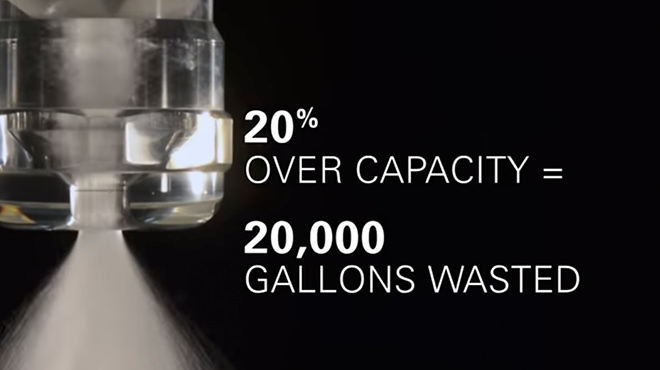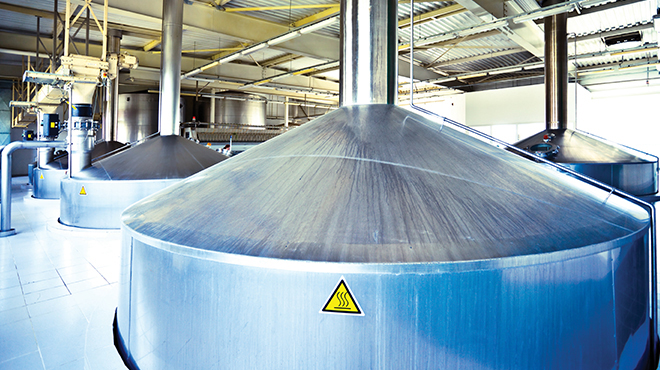
CHANGE IN CLEANING EQUIPMENT SAVES 1.32 MILLION GALLONS (4,996,744 LITERS) OF WATER AND A US$1 MILLION BOILER INVESTMENT
Problem
A large manufacturer was looking for ways to reduce water use – especially heated water. Automated cleaning equipment was already being used and the manufacturer was skeptical that different equipment could make a dramatic difference.
Solution
New automated tank cleaners were installed in 14 large mixing tanks.
Result
-
Reduced water use by 1,320,000 gallons (4,996,744 liters)
-
Decreased natural gas consumption by 21%
-
Extended the life of the manufacturer’s system and eliminated the need to make a US$1 million investment in new equipment
-
Reduced maintenance downtime and eliminated approximately US$20,000 per year in equipment repairs
For complete details of this case study, click here to see the PDF version.
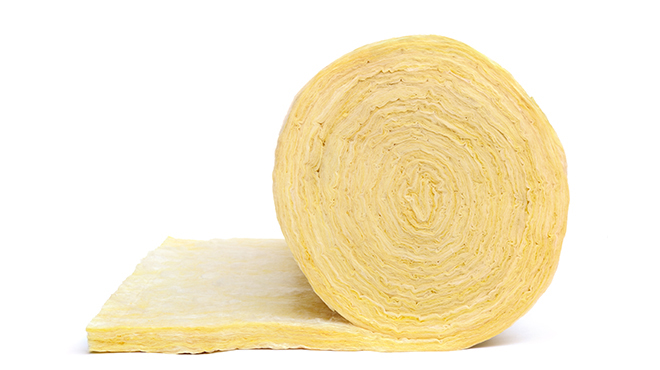
MANUFACTURER SAVES MORE THAN US$140,000 ANNUALLY
Problem
A manufacturer needed to improve the application of binder fluid on fiberglass prior to it entering a curing oven. The air atomizing nozzles in use didn’t apply the fluid uniformly and frequently applied more than was necessary.
In addition, the air atomizing nozzles produced mist that required extra maintenance downtime for equipment cleanup. The high energy costs associated with compressed air was also a concern to the manufacturer.
Solution
A new automated spray system was installed to provide precise, uniform application of the fluid across the entire width of the fiberglass. The system makes automatic adjustments to flow rate when line speed changes.
Result
-
Resolved quality problems
-
Reduced labor costs by US$118,000 annually
-
Saved US$15,000 annually by eliminating the use of compressed air
-
Totaled more than US$140,000 in annual savings
-
Realized a three-month payback
For complete details of this case study, click here to see the PDF version.
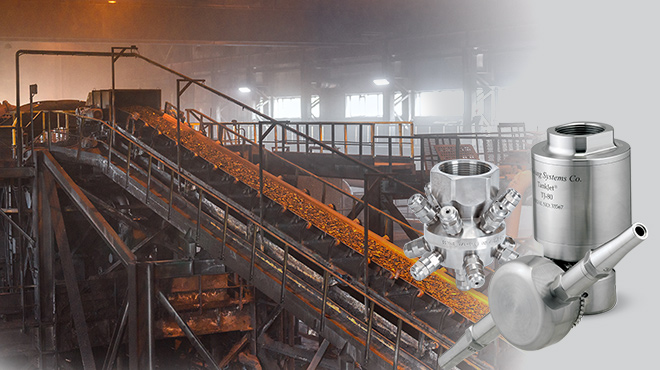
COAL-FIRED POWER PLANT REDUCES WATER USE BY 50% AND IMPROVES WORKER SAFETY WITH NEW WASHDOWN NOZZLES
Problem
Removing coal dust on transfer conveyors and tunnels was challenging for one coal-fired power plant in the southeastern US. Spray nozzles were being used for washdown but didn’t provide adequate impact and coverage for complete dust removal despite using high volumes of water.
Every night, after the washdown process ended, workers with hoses would manually clean hard-to-reach and high dust accumulation areas.
In addition to incomplete cleaning, the current washdown process created a safety hazard. The nozzles flooded the conveyors and large volumes of water would cascade down to the areas below creating a slip/fall hazard for workers.
Solution
Existing washdown nozzles have been replaced with TankJet® nozzles, a combination of fluid-driven rotating nozzles and fixed nozzles. TankJet 6353 and TankJet 80 nozzles are strategically placed to ensure efficient, complete coverage of conveyors and tunnel walls. Since the installation of the new nozzles, the flooding and worker safety issues have been eliminated as is the need for a second cleaning by workers.
Result
-
Water use reduced by 50%
-
Labor savings of US$150,000 annually
-
Reduced wastewater treatment costs
-
Reduced energy use resulting from use of smaller pumps
-
Elimination of slip/fall hazards
For complete details of this case study, click here to see the PDF version.
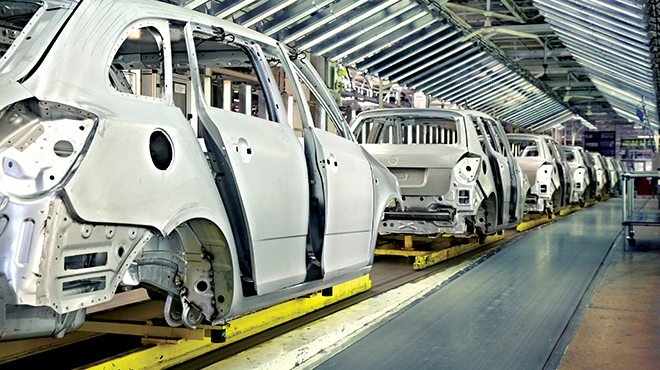
AUTOMOTIVE COMPANY REDUCES DAILY OIL USAGE BY 70%
Problem
An automotive company needed to lubricate metal blanks prior to stamping. It used air atomizing spray nozzles to apply lubricating oil. The oil application was inconsistent and the use of compressed air created overspray.
Solution
A new automated spray system was installed that provided automatic adjustment of flow rate based on line speed.
Result
-
Reduced daily usage of oil by 70%
-
Decreased the oil mist and improved worker safety
-
Reduced waste oil being hauled away
-
Realized a one-year payback
For complete details of this case study, click here to see the PDF version.
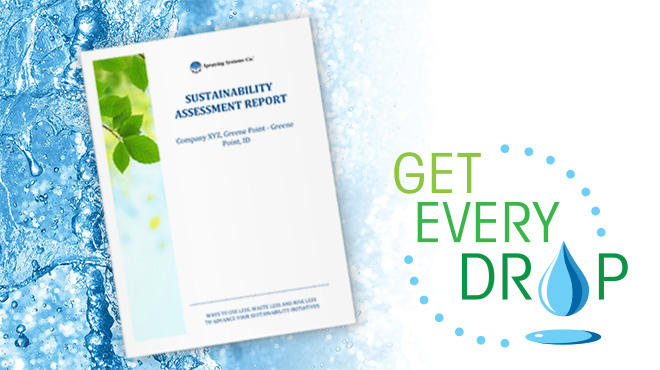
Your Roadmap to Sustainability
Sustainability requires structure. That’s how good intentions get transformed into tangible results.
Our Sustainability Assessment Program includes a report prepared exclusively for your company. It provides detailed recommendations and guides you through action steps that will help you operate more sustainably and save money.
Ready for your roadmap? It starts with a Sustainability Assessment.


